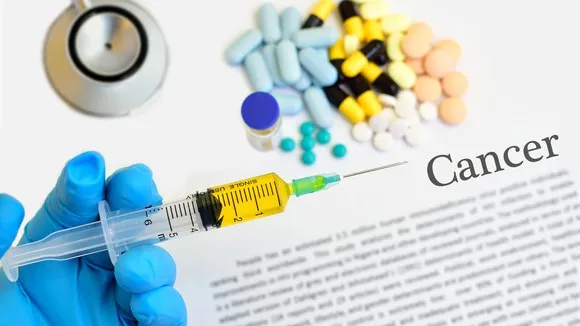Rapamycin: A New Hope in Cancer Treatment
Rapamycin, originally discovered in a soil bacterium, is not just a drug used to prevent organ rejection; it’s also emerging as a powerful tool in the fight against cancer. Here’s a simple breakdown of how rapamycin is helping to pave new paths in oncology and what its future might hold.
The Science of Rapamycin
At the cellular level, a pathway known as mTOR plays a crucial role in controlling how cells grow and divide. In cancer, this pathway often goes into overdrive, leading to rapid cell growth and tumor formation. Rapamycin works by putting the brakes on this pathway, slowing down the cancer cells’ growth. This mechanism is key to its potential in cancer therapy.
Rapamycin in Clinical Use
Though its primary use is in transplant medicine, rapamycin has spawned several derivatives specifically aimed at cancer treatment. Drugs like sirolimus and everolimus, known as rapalogs, have been approved for treating conditions like advanced kidney cancer and certain types of breast cancer. Initially these drugs helped prevent the body from rejecting a transplanted kidney. However, since they can tailor rapamycin’s properties, it allows them to specifically combat cancer cells.
Continued Research and Challenges
As promising as it is, rapamycin is not without challenges. Side effects and resistance are significant hurdles that researchers are diligently working to overcome. The goal is to optimize the use of rapamycin in cancer treatment safely and effectively.
Rapamycin’s evolution from an antifungal agent to a cornerstone in cancer therapy illustrates the incredible potential of medical research to repurpose drugs for life-saving treatments. As research progresses, there is hope that rapamycin will continue to improve and expand its role in cancer therapy.
References:
“Journal of Clinical Investigation” – Discusses rapamycin’s effects on the mTOR pathway in cancer cells.
U.S. Food and Drug Administration (FDA) – Provides information on the approval and uses of rapalogs like sirolimus and everolimus for cancer treatment.
“American Journal of Cancer Research” – Explores combination strategies using rapamycin to enhance cancer therapy effectiveness.


